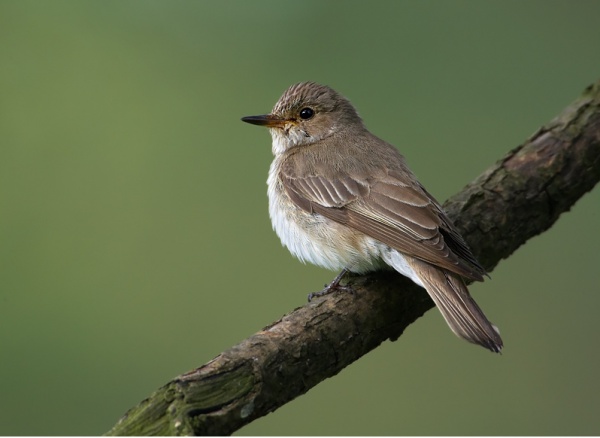Facts About Spotted flycatcher
The spotted flycatcher is a charming small bird that resides in Europe and the Palearctic region. During the winter, it migrates to warmer climates in Africa and southwestern Asia. This bird can be identified by its grey-brown upper feathers, whitish belly, and the streaks on its crown and breast.
First described to the scientific community by Peter Simon Pallas in 1764, the spotted flycatcher belongs to the Old World flycatcher family. Ornithologists recognize five subspecies, all of which spend their winters in southern Africa.
In terms of behavior, the spotted flycatcher is an adept insect hunter, often capturing its prey from perches. Its unique call further distinguishes it. These birds prefer to build their open nests in deciduous woodlands but are adaptable to other habitats as well. They are particularly adept at recognizing their own eggs, a trait that helps them avoid the common cuckoo's parasitism. However, their nests are not entirely safe; predators such as the Eurasian jay and domestic cats pose significant threats to their eggs and chicks.
There is some debate among scientists about the classification of certain subspecies, such as M. s. tyrrhenica and M. s. balearica. A 2016 study suggested these could be classified as a separate species, the Mediterranean flycatcher, but not everyone concurs.

 South Africa
South Africa